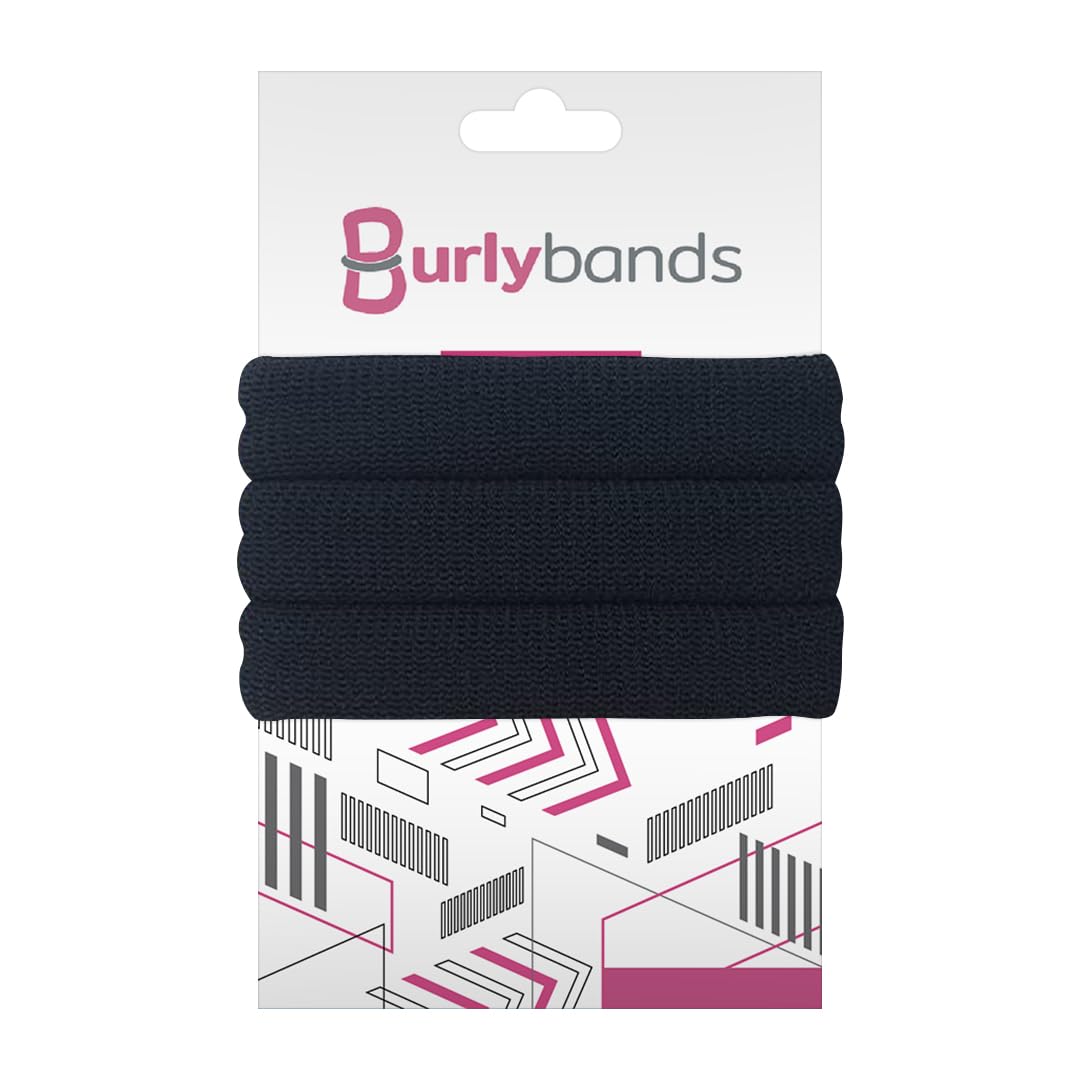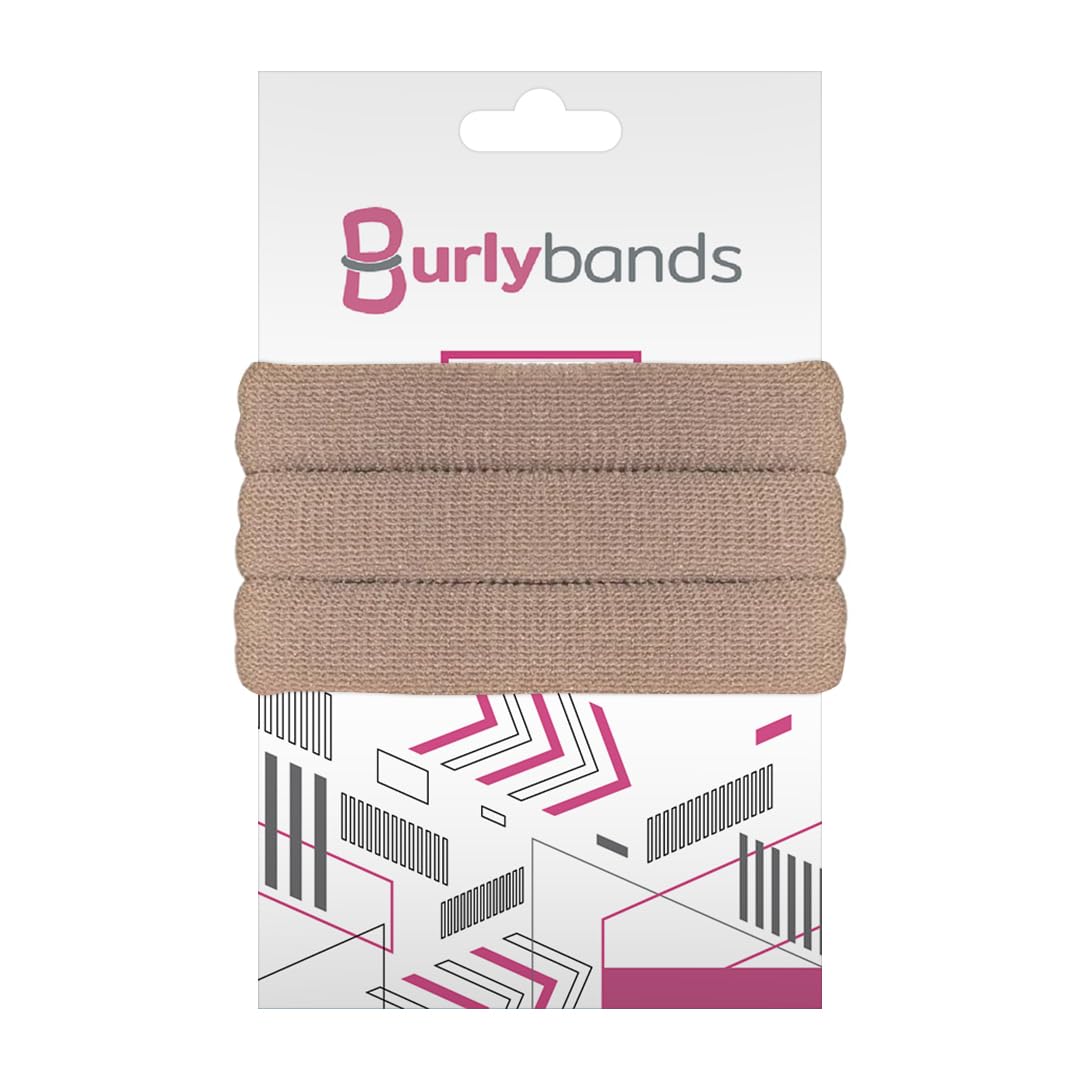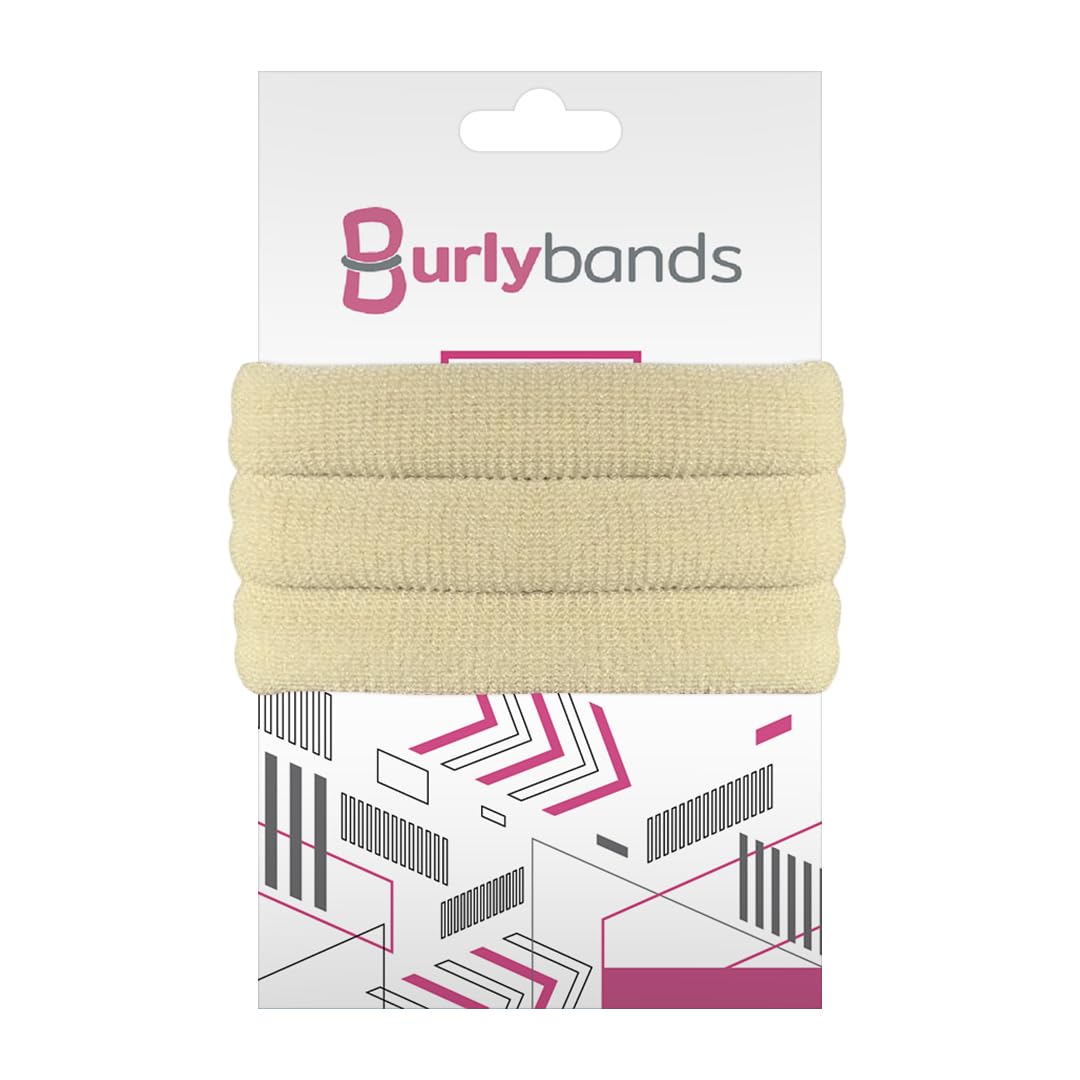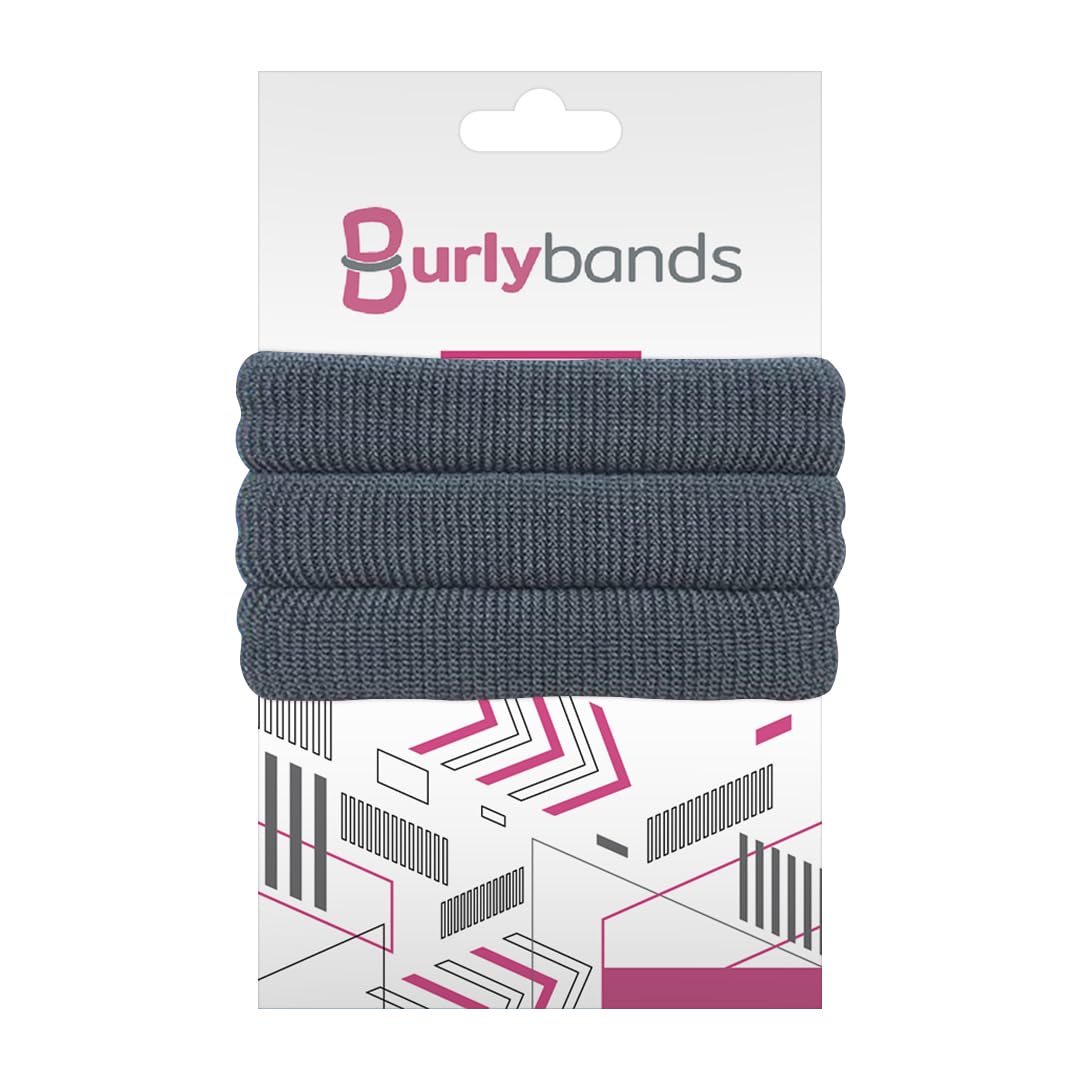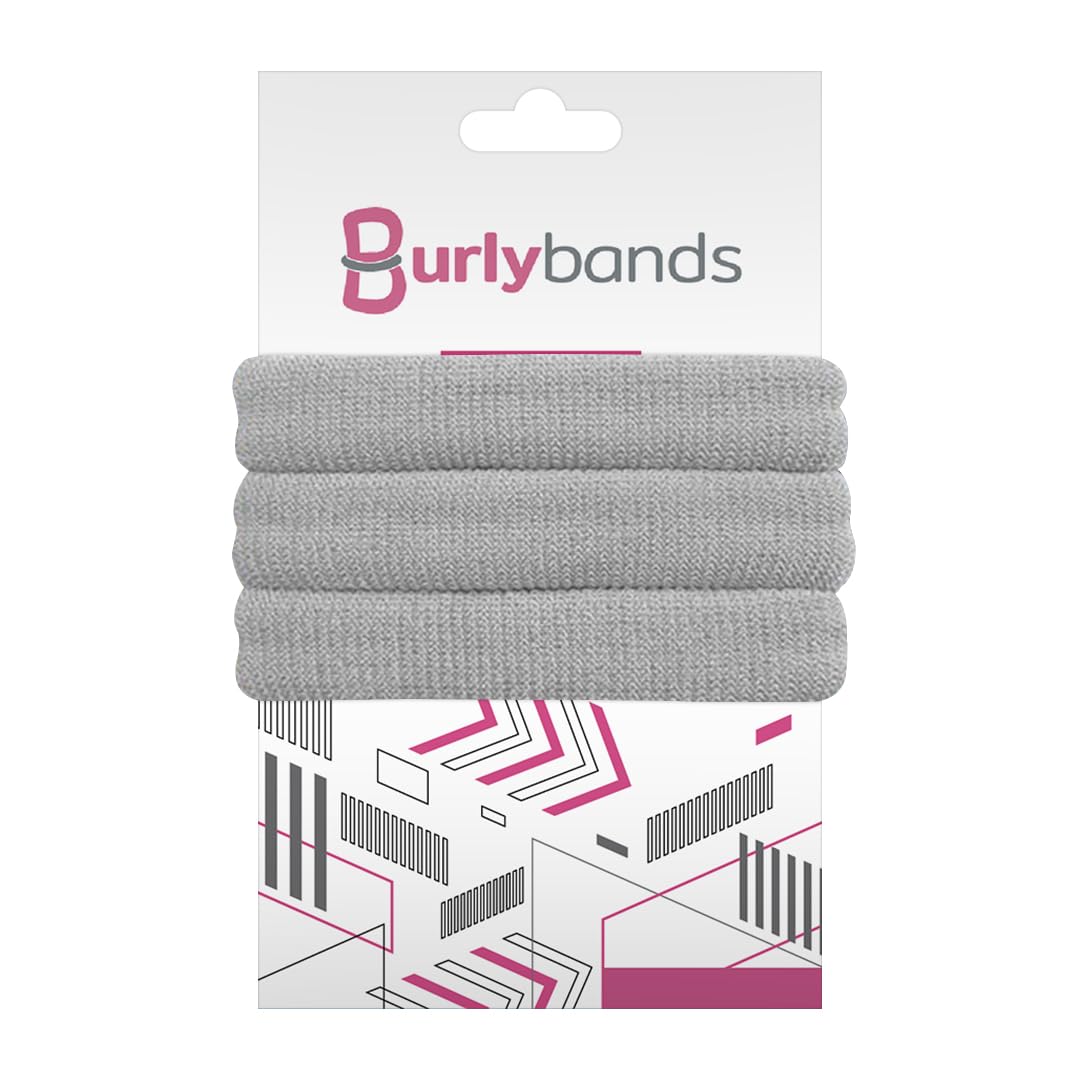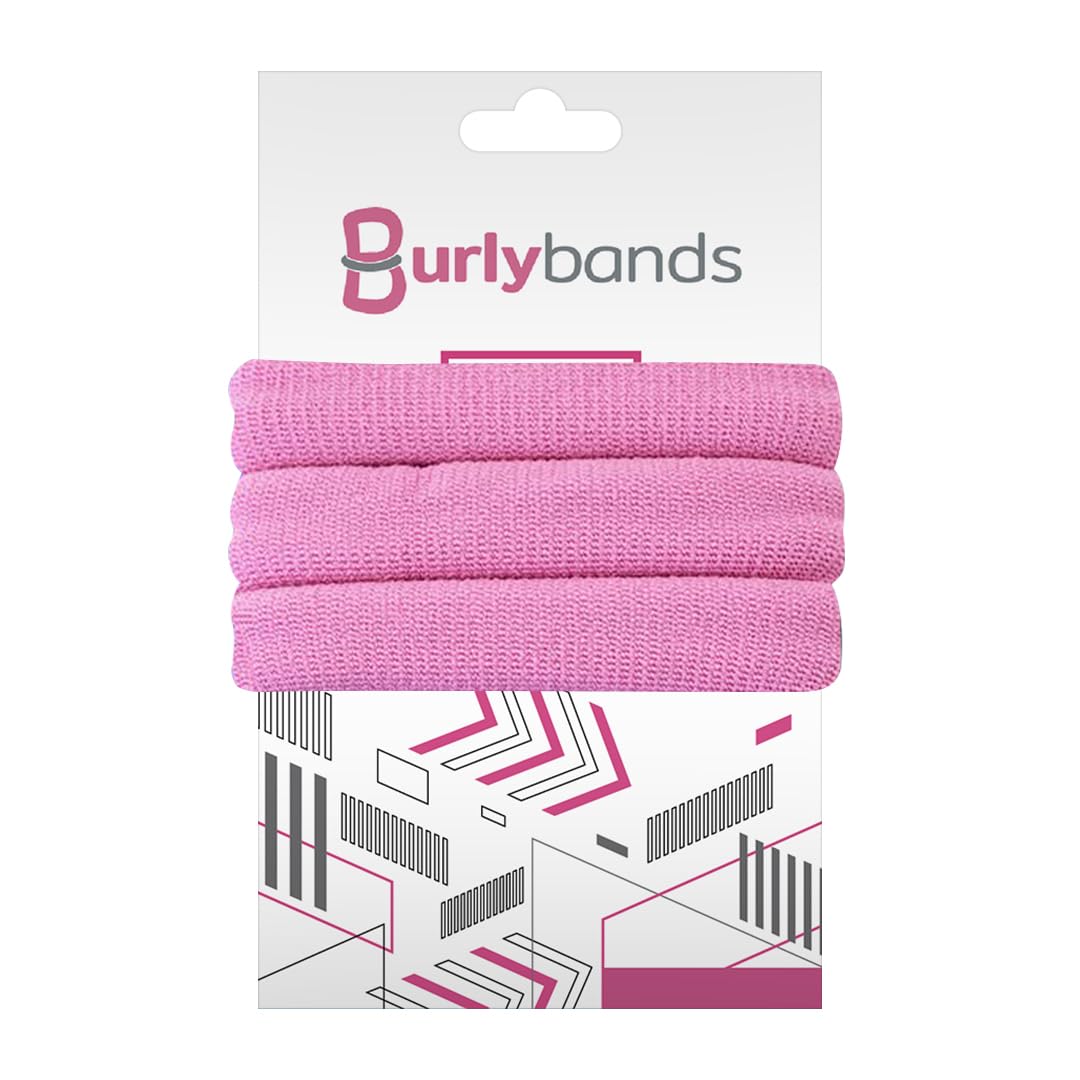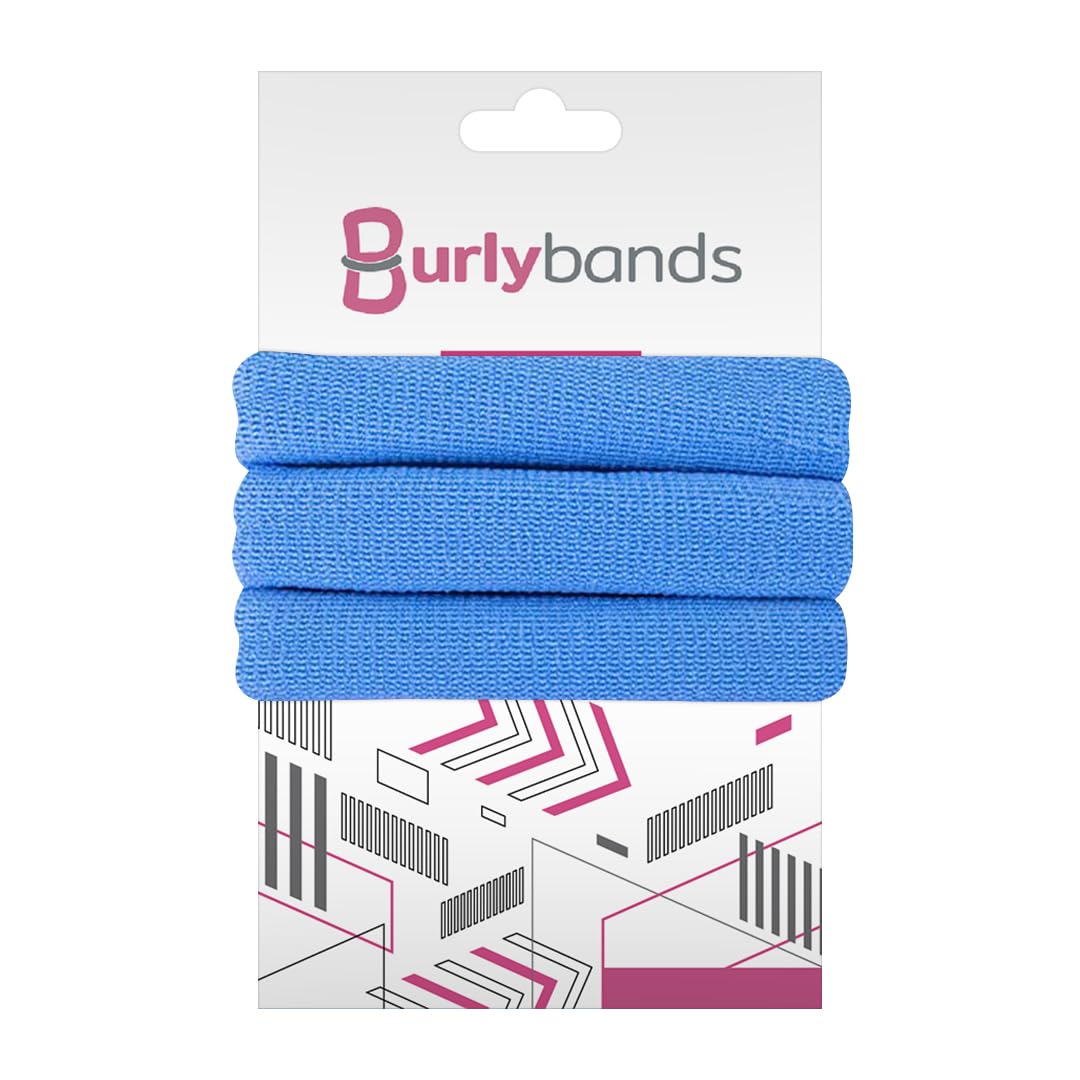Regardless of your hair type, accidental hair damage can happen to anyone. You don't need a doctor to tell you that you have damaged hair; all you need to do is be aware of the signs.
So how can you spot damaged hair? Continue reading to find out.
What Is Damaged Hair?

Credit: Envato Elements/ Prostock_studio
The outer covering of the hair shaft that shields the hair is called the hair cuticle. Damage to the cuticle causes damage to the hair. You can easily tell the difference between an unhealthy and a healthy hair strand if you hold them up to a microscope. Damaged hair has a straw-like, brittle appearance and will look open and uneven. On the other hand, healthy hair looks even and consistent.
Signs of Hair Damage
Not sure if your hair is damaged? Knowing the answer to this question can be quite helpful for your hair care routine. The following are indications of damaged hair:
1) The Ends of Your Hair Might Appear To Be Dry and Weak

Credit: Envato Elements/ Demopicture
The ends of your hair reveal so much about you. Since they are the oldest section of your strands, they need to be taken care of the most. You can usually detect if your hair is damaged by looking at the ends. If you notice that the ends of your hair are very thin and have split ends, your hair is probably damaged.
2) Your Hair Is Constantly Dry

Credit: Envato Elements/ weewendy
People typically identify the persistent dryness of their hair as the initial indicator of damage. Chronic dryness is very different from ordinary dryness, which can be swiftly remedied with a deep conditioning treatment or a few spritzes of moisturizer.
It takes a lot of effort to treat excessive or persistent dryness. If you've been subjecting your hair to a harsh chemical treatment like bleaching, you will probably experience hair dryness.
3) Your Hair Might Have a Dull Appearance

Credit: Envato Elements/ alinabuphoto
Damaged hair frequently has a flat and drab appearance. This is usually because damaged hair lacks the natural oils, gloss, and moisture content that is present in healthy hair. Without this, your hair strands lose their hydration and hair shine which results in dull hair.
4) Your Hair Is Constantly Tangled

Credit: Envato Elements/ Prostock_studio
Damaged hair is more prone to tangling. This is because damaged hair has elevated hair cuticles that generate more friction and aggressively grab hold of other hair strands. Since damaged hair is constantly dry, this can further exacerbate the situation.
But just because your natural hair is hard to untangle doesn't mean it's inevitably damaged. Long hair and curly hair are both susceptible to knots. If the tangling develops suddenly or isn't something you deal with frequently, your hair might be damaged.
5) You Might Experience Hair Breakage

Credit: Envato Elements/ benzoix
When you experience hair breakage, it's probably because of a lack of elasticity, which means that the hair is weak and can't be stretched very far without breaking.
On healthy, regular hair, the cuticles support the hair and give it a consistent, glossy appearance. They overlap and shield the hair by lying flat against one another. When these cuticles are harmed or destroyed, the core is vulnerable and more prone to breaking. Common signs of hair breakage include frizz, hair fall, and flyaways.
How To Treat Damaged Hair
If you experience any of the symptoms mentioned above, do not panic. Here are 4 techniques for repairing damaged and brittle hair:
1) Trim the Damaged Ends

Credit: Envato Elements/ lakobchuk
If you notice your hair is brittle, ragged, or split, it may be time for a haircut. Although it might seem like a simple fix, it works wonders. For your hair to grow with a healthy strand at the root, trimming your damaged ends is a great way to get rid of unhealthy layers.
While some individuals might believe a complete haircut is required, this is untrue. To keep your hair healthy, a light trim is enough.
2) Stop Using Heat Styling Tools

Credit: Envato Elements/ sergio232323
Similar to how some high-tension hairstyles can cause long-term damage, using heat-styling products like curling irons and blow dryers can cause extreme heat damage to your hair and should therefore be avoided.
Applying heat to your hair is one of the worst things you can do since it makes it prone to damage, dries it out, and causes frayed hair cuticles. If your hair is damaged, try drying it with a towel or air drying it.
3) Ditch Traditional Hair Ties

Credit: Envato Elements/ nanihta
Traditional hair elastics not only pull and snag your hair, but they can also cause hair breakage. Your damaged hair is likely already brittle, so you want to avoid using anything too harsh on it.
Consider using a hair tie from Burlybands that is gentle on your hair. While using hair ties, remember to avoid tying wet hair. Hair is most vulnerable when it is wet. Tying it up can lead to further breakage.
4) Use Restorative Hair Treatments and Masks

Credit: Envato Elements/ DragonImages
To get your hair back on the road to wellness, you'll need to include some deep conditioning products in your hair care routine. Treat your hair to a thoroughly nourishing hair mask at least once a week. These products provide the best hair hydration. They are designed to quickly restore severely damaged hair thanks to their enticing buttery formula, which also profoundly nourishes fine hair.
Summary
Now that you know how to spot damaged hair, you can use some of the tips above to keep your hair strong and healthy. As long as hair continues to grow, new roots won't show the same signs of damage as the ends of your hair. The best technique to treat damaged hair is to let it grow out while trying to safeguard the new roots.
 Log in
Log in


